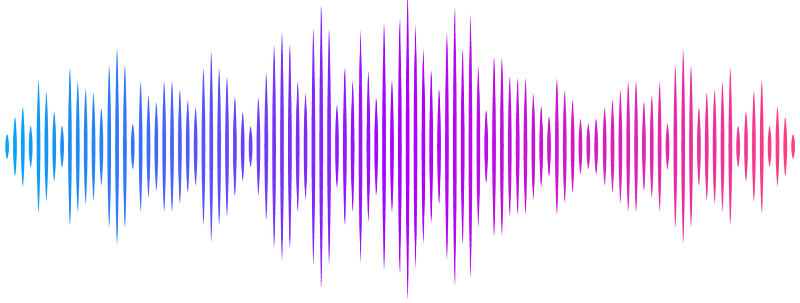Super food or super toxic? Turmeric and spirulina as culprits for the toxic effects of food dyes in Drosophila

Super food or super toxic? Turmeric and spirulina as culprits for the toxic effects of food dyes in Drosophila
von Hellfedt, R.; Christie, C.; Derous, D.; Morimoto, J.
AbstractProlonged exposure to food dyes, even for those considered safe for consumption, are known to have toxic effects. However, we lack a proper understanding of the underlying compounds that are responsible for the observed toxicity. In this study, we tested the toxic physiological effects of three common commercially available natural food dyes (red, green, blue), and their main ingredients (turmeric and spirulina), on Drosophila melanogaster oviposition, larval de-velopment, and larval foraging behaviour. Larval development and egg-to-adult survival was significantly impacted by blue and green dyes. These effects were recapitulated when flies were fed with increasing concentrations of turmeric and spirulina, suggesting that turmeric is a toxic component of the food dye. Red dye, which contains neither turmeric or spirulina, had little im-pact on fly health and behaviour. Green and blue food dyes decreased egg laying, an effect sim-ilar to that observed in increasing concentrations of turmeric and, to a lesser extent, spirulina. When given a choice, larvae preferred to feed as follows: control > red > blue > green diet patches, a pattern inversely correlating with the previously observed toxicity. Our results show that, despite turmeric being often considered a super food, it can have toxic effects that the im-pact organismal physiology and health.